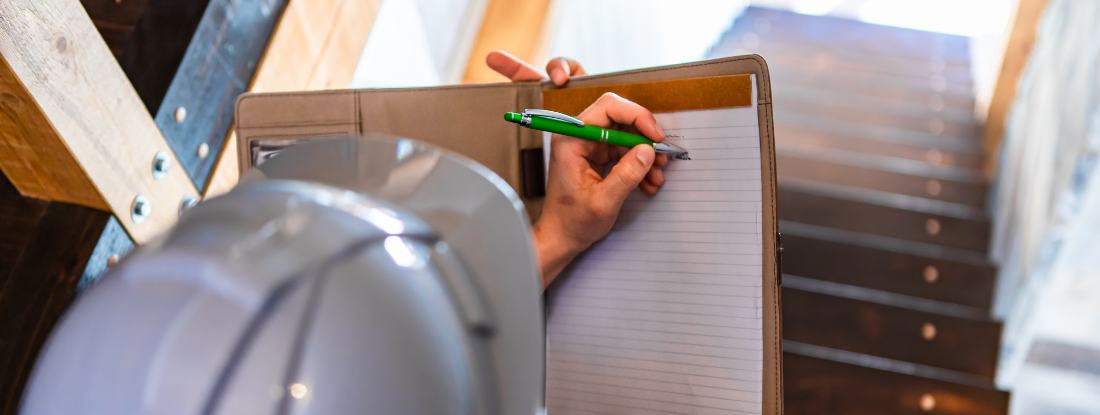After Mold Remediation Approaches for Clean Areas
After Mold Remediation Approaches for Clean Areas
Blog Article
Expert Tips for Blog Post Mold And Mildew Remediation Success
In the realm of mold and mildew removal, efficiently eradicating mold is only half the battle; the true challenge exists in stopping its reappearance. By adhering to expert ideas and finest methods, individuals can protect their rooms against mold resurgence and keep a healthy indoor environment.
Display Moisture Levels Regularly
After finishing mold removal procedures, preserving optimum moisture degrees is critical to prevent mold and mildew re-growth and ensure a healthy interior atmosphere. High humidity levels over 60% develop a conducive setting for mold and mildew to grow, making regular monitoring a positive action to prevent any type of future mold issues.
Additionally, establishing a regular timetable for humidity checks, especially in high-risk areas such as shower rooms, cellars, and cooking areas, is a positive method to mold avoidance. By constantly keeping an eye on humidity degrees, property owners can effectively reduce the danger of mold reoccurrence and maintain a healthy and balanced interior setting post-remediation.
Conduct Thorough Inspections Post-Remediation
Complying with the completion of mold removal treatments, it is imperative to perform detailed inspections to verify the performance of the remediation process. These post-remediation inspections are essential in ensuring that the mold issue has been effectively resolved and that there is no recurrence or staying mold growth. Evaluations should be brought out by qualified experts who have experience in identifying mold and mildew and examining indoor air top quality.
During these evaluations, different methods such as visual assessments, air tasting, and surface area sampling may be employed to completely evaluate the remediated areas. Aesthetic assessments involve an in-depth assessment of the facilities to inspect for any kind of noticeable indications of mold and mildew development or water damage. Air sampling aids in determining the air-borne mold spore levels, while surface area tasting can spot mold bits on surfaces.
Implement Proper Ventilation Strategies
After guaranteeing the efficiency of the mold and mildew removal procedure with thorough assessments, the following critical action is to concentrate on applying correct ventilation methods. Ample air flow is vital in protecting against mold and mildew reoccurrence by controlling wetness levels and promoting air blood circulation.
Correct air flow not only help in protecting against mold growth however additionally adds to the overall health and comfort of passengers. By making certain adequate ventilation throughout the property, you can reduce the danger of mold regrowth and produce a healthier living atmosphere. Normal upkeep of air flow systems, including cleaning and filter substitutes, is vital to sustaining effective ventilation. Consulting with heating and cooling experts can supply more understandings right into maximizing ventilation strategies for your certain home needs.

Usage Mold-Resistant Materials for Services
To boost the lasting effectiveness of mold and mildew removal initiatives, integrating mold-resistant materials for repair work is critical in reducing the risk of future mold development. Mold-resistant materials are designed to endure wetness and prevent mold development, making them an essential choice for areas susceptible to wetness and moisture. When repairing locations influenced by mold, utilizing materials such as mold-resistant drywall, mold-resistant paints, and mold-resistant caulking can aid stop mold reappearance.
Mold-resistant drywall is an excellent choice to conventional drywall in areas like shower rooms and basements where moisture levels are greater. When exposed to damp problems, this type of drywall has a special coating that resists mold growth even. Furthermore, using mold-resistant paints consisting of antimicrobial agents can additionally inhibit mold development on wall surfaces and ceilings.
In areas where dampness is common, such as bathroom and kitchens, making use of mold-resistant caulking around bathtubs, home windows, and sinks can help seal click here to find out more out water and avoid mold from holding in cracks and crevices. By investing in these mold-resistant materials during repairs post-remediation, you can substantially minimize the chance of future mold problems and keep a much healthier indoor setting.
Maintain Sanitation and Address Water Issues
Making sure sanitation and quickly attending to water problems are basic techniques to support in guarding interior rooms from mold reinfestation. After mold and mildew remediation, it is essential to preserve a clean setting to stop the regrowth of mold (Post Remediation Inspection near me). Routine cleansing, dusting, and vacuuming can aid get rid of any kind of lingering mold and mildew spores and stop them from resolving and proliferating. Additionally, keeping interior spaces completely dry and attending to any water problems without delay is crucial in mold and mildew prevention. Leakages, water intrusion, or high humidity degrees can develop the ideal breeding place for mold and mildew, so it is imperative to take care of any water-related issues promptly.
To maintain sanitation, take into consideration using HEPA filters in vacuum cleaners and air cleansers to trap mold and mildew spores and stop their flow in the air. Making certain proper ventilation in locations vulnerable to moisture accumulation, such as cooking areas and shower rooms, can help maintain moisture degrees in check. By staying vigilant about tidiness and resolving water concerns quickly, you can properly avoid mold and mildew reinfestation and keep a healthy indoor environment.
Final Thought

In click to find out more the realm of mold and mildew removal, successfully getting rid of mold is just half the battle; the true challenge exists in preventing its reappearance. After completing mold remediation procedures, maintaining optimum humidity degrees is important to prevent mold and mildew re-growth and make sure a healthy and balanced interior setting. High humidity levels over 60% produce a favorable atmosphere for mold and mildew to thrive, making regular keeping track of a proactive procedure to avoid any future mold and mildew issues.
To enhance the lasting performance of mold removal efforts, integrating mold-resistant products for repair services is important in mitigating the risk of future mold development. After mold remediation, it is crucial to maintain a tidy atmosphere to stop the regrowth of mold.
Report this page